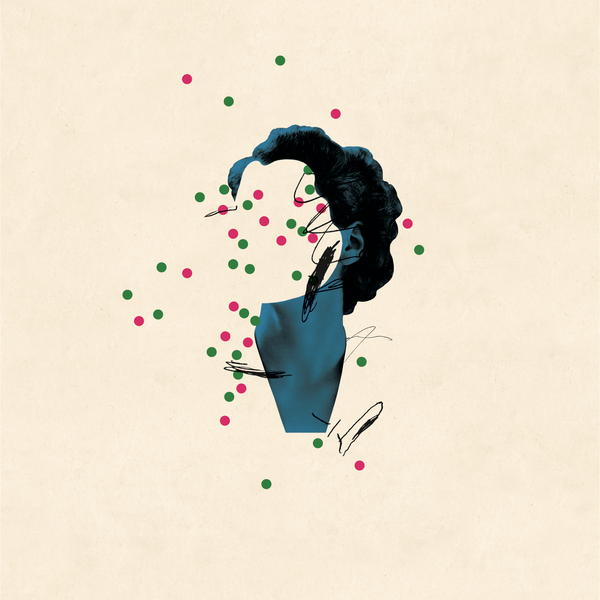Building Blocks of Dermatopathology
BAD DermpathPRO Learning Hub: Diagnostic Clues
Case Number : CT0076 Adam_Bates
Please read the clinical history and view the images by clicking on them before you proffer your diagnosis.
Submitted Date :
F41. Small asymptomatic erythematous papules both axillae with marked post inflammatory hyperpigmentation. ?Dowling Degos, ?Pityriasis lichenoides – but localised, ??Darier's.













User Feedback